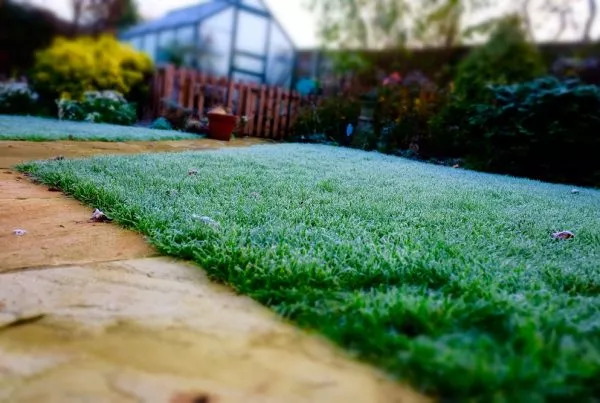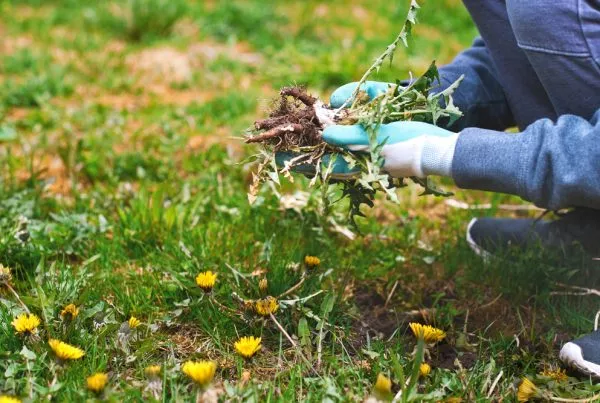Japanese Knotweed, if you find it on your property it will likely lead to some sleepless nights and potentially some high costs, also. In some cases, it has led to costly litigation.
What is Japanese Knotweed?
The most common of the four invasive plant species in the UK. It has gained its negative reputation from the havoc it can cause in invading the foundations of buildings. Left untreated, its growth can damage the footings of buildings and cause a property to become unusable.
What does it look like?
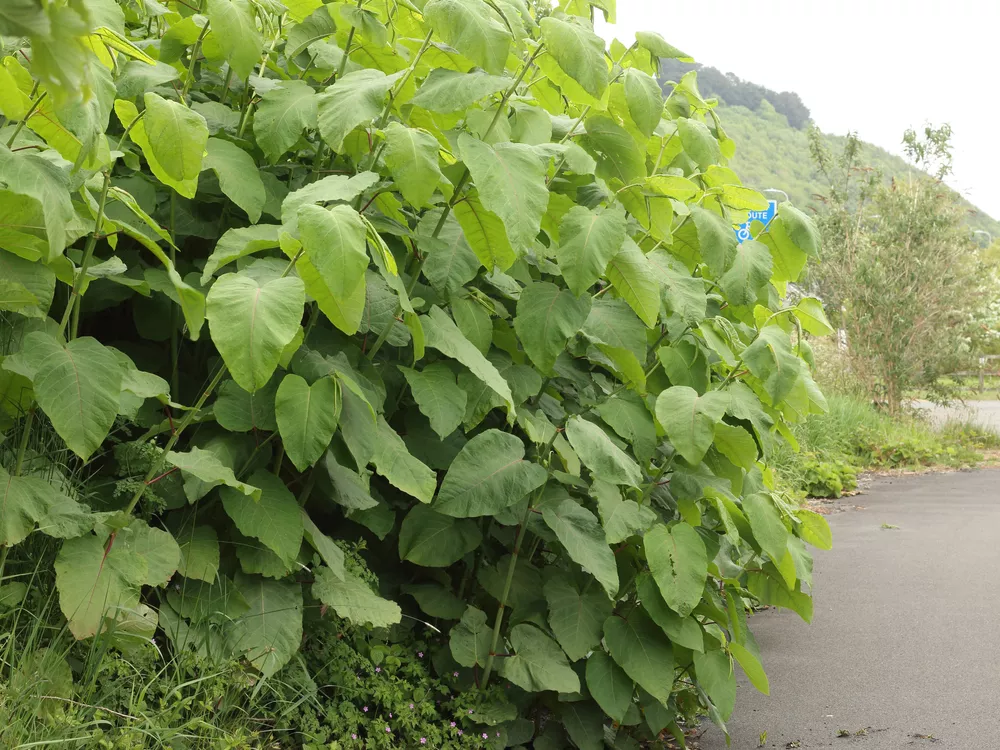
Medium-sized, oval green leaves that can be slightly heart-shaped.
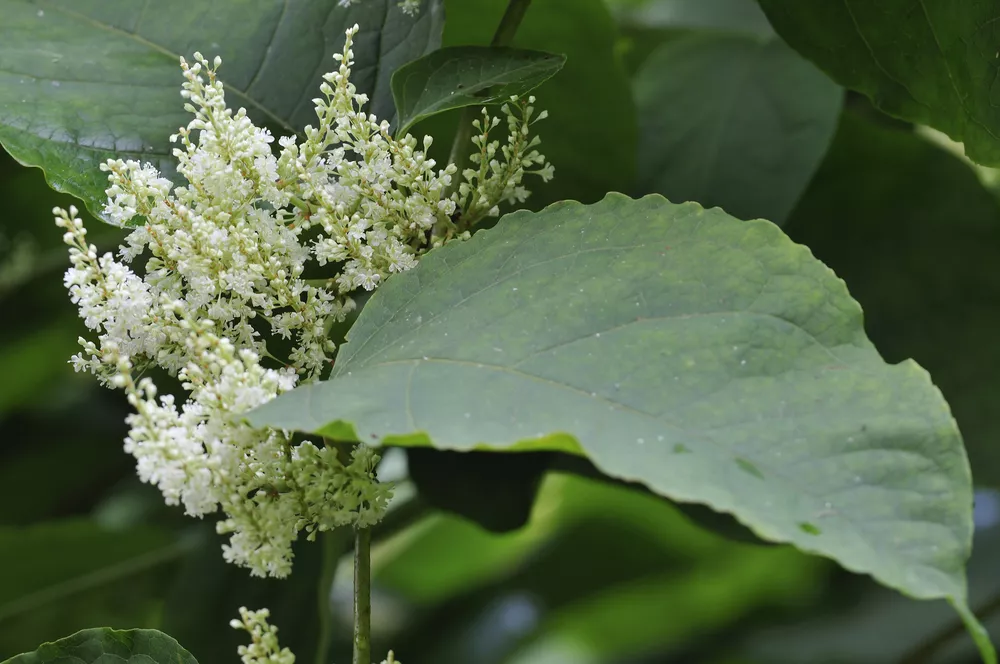
Japanese Knotweed tends to flower in August and September.
Where is Japanese Knotweed found?
Common areas where the weed is found include near railways, roadsides, waste ground and quarries. It is also often found near rivers and streams, but it can grow anywhere. Hotspots in the UK include Wales, London, North West England and southern Scotland. EnvironetUK has a useful UK heat map here
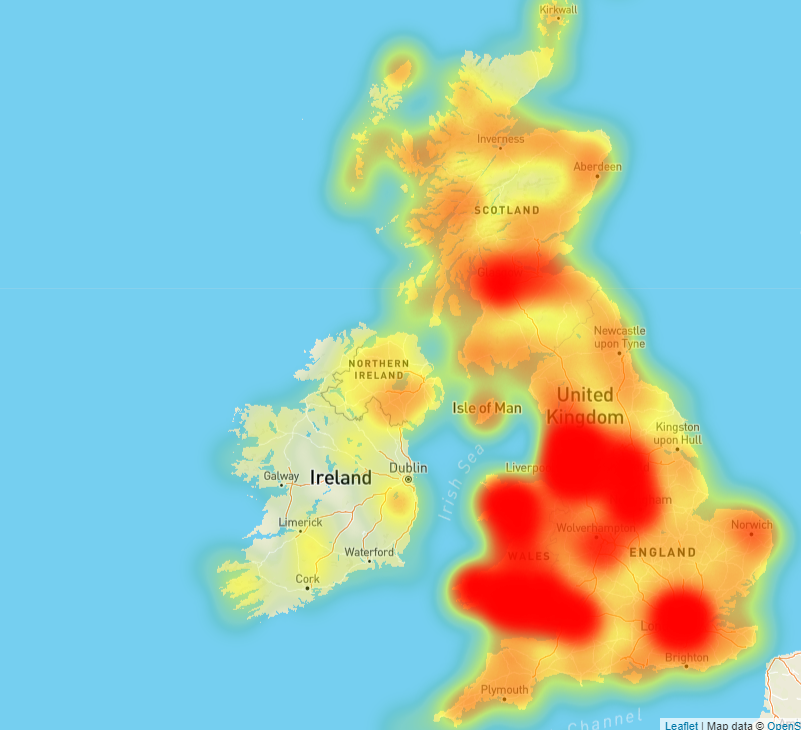
What are the rules when it comes to dealing with it?
Japanese Knotweed is notoriously hard to eliminate so, with the discovery of the invasive weed on your property, it is advisable to call in a specialist company that can assess the growth and any damage it might have caused. You do not have to remove it from your property if you don’t want to, but you will be liable if you allow it to spread on someone else’s property. Most people feel it’s not worth the risk of ignoring. General advice is to not try to treat or remove it yourself but to take expert advice
We hope that’s useful information if you are ever unfortunate enough to discover Japanese Knotweed on your property.
Until next week
Jo @ Colourfence
Follow us on socials!


